Understanding Wandbegrünung Indoor
Definition and Benefits
Wandbegrünung Indoor, or indoor vertical gardens, represent a pioneering approach to indoor landscaping that combines aesthetic appeal with environmental benefits. These living walls allow you to harness nature’s power, bringing greenery into your interiors. This not only enhances visual appeal but also improves air quality, aids in noise reduction, and promotes overall well-being. Studies show that interaction with plants can reduce stress levels and boost productivity, which makes Wandbegrünung Indoor an ideal addition to both residential and commercial spaces.
Moreover, implementing such green walls offers a unique focal point in any room, allowing you to express creativity through various plant layouts and designs. The environmental impact cannot be overstated; green walls contribute to urban biodiversity, help regulate temperature, and can even mitigate indoor air pollutants.
Types of Indoor Green Walls
Indoor green walls can be categorized mainly into three types: living walls, modular systems, and freestanding units. Living walls are systems where plants grow directly in a substrate, often utilizing hydroponics for sustenance. This type ensures healthy growth and can accommodate a variety of plant species.
Modular systems, on the other hand, comprise pre-planted panels that can be arranged based on your preference. These are particularly user-friendly, allowing for easy installation and rearrangement, making them perfect for those new to vertical gardening.
Freestanding units provide flexibility in design and location, allowing you to incorporate greenery into diverse settings without requiring adherence to walls. Each type has its advantages, thus the choice largely hinges on available space, design goals, and plant preferences.
Choosing the Right Plants
The success of your Wandbegrünung Indoor largely depends on the selection of appropriate plants. Factors such as lighting conditions, humidity levels, and the size of the wall should be taken into consideration. Low-light tolerant varieties, like ferns and snake plants, thrive beautifully in indoor environments and require less maintenance.
In contrast, if you have access to bright, indirect light, consider integrating flowering plants like peace lilies or tropical varieties such as philodendrons and pothos. Remember to mix species for diversity, both in aesthetic appeal and ecological harmony. Incorporating herbs like basil or mint is also beneficial, as they add fragrance and may be used in cooking.
Designing Your Wandbegrünung Indoor
Space Assessment and Planning
Before diving into the creative side, assessing your available space is crucial. Take measurements and determine the wall’s exposure to light throughout the day. Create a design that flows with the existing decor and functionality of the room. Utilizing software or sketching can assist you in visualizing the arrangement of your plants, enhancing both efficiency and effectiveness.
It’s also advisable to consider the plant’s growth patterns and maintenance needs during your space assessment. This ensures that your design not only looks good initially but continues to thrive long-term.
Color Palettes and Aesthetics
Choosing a color palette that complements your indoor environment can bring a cohesive look to your green wall. Earthy tones paired with various greens can create a soothing atmosphere, while vibrant plant colors can inject energy into a space. Consider contrasting colors between plant foliage and flower blooms to create dynamic visual interest.
Additionally, the use of textured plants like moss or succulents can add depth. Highlighting one focal area with a statement plant can also draw the eye and serve as a conversation starter. The aesthetics of your indoor green wall should resonate with your personal style while aligning with the room’s purpose.
Vertical Gardening Techniques
There are several techniques for establishing and maintaining a successful indoor vertical garden. Hydroponics, for instance, allows plants to grow in nutrient-rich water, requiring less space and offering faster growth rates. This method is particularly effective for smaller areas.
Alternatively, using traditional soil can foster a natural environment but may require more maintenance in terms of watering and drainage. Additionally, explore the integration of shelves or trellis systems to support climbing plants, creating unique layers and visual dimensions in your design.
Lastly, consider automated irrigation systems that can assist with watering needs, ensuring plants receive the right amount consistently, thus simplifying maintenance.
Maintenance of Indoor Green Walls
Watering and Care Tips
Maintenance is key to the longevity and health of your Wandbegrünung Indoor. Generally, indoor plants require less frequent watering compared to outdoor varieties due to reduced evaporation rates. The frequency of watering will depend on the plant types, their growth stage, and seasonal changes.
Always check the soil moisture before watering; overwatering can induce root rot and lead to plant die-off. Implementing a moisture meter can help you determine when plants need hydration. Moreover, incorporating a routine for fertilization can ensure your plants receive essential nutrients, enhancing growth and vibrancy.
Common Pest Management
Pests can pose a significant threat to indoor greenery, often going unnoticed until the damage is visible. Regularly inspecting plants for signs of infestation, such as webbing or discoloration, can help you catch problems early. Common pests include aphids, spider mites, and mealybugs.
Natural pest management strategies can be effective, such as introducing beneficial insects or using organic solutions like neem oil or insecticidal soap. Maintaining proper airflow and humidity around your plants can also diminish the likelihood of pest infestations.
Trimming and Replanting Strategies
Regular trimming can encourage dense growth and prevent over-expansion, ensuring that your indoor green wall looks its best at all times. Strategize your trimming routine based on plant growth; for instance, fast-growing varieties may need more frequent attention to maintain their desired shape.
Moreover, periodically reassessing plant health and replacing any struggling specimens will keep your greenery thriving. When replanting, consider rotating to different positions on the wall for an equally vibrant aesthetic while giving plants exposure to various light levels.
Cost and Investment in Wandbegrünung Indoor
Budgeting for Your Green Wall
Investing in a Wandbegrünung Indoor can vary widely in terms of budget. Costs will depend on the type of plants, materials, irrigation systems, and installation methods chosen. Start by establishing a clear budget that includes not just the initial installation but also ongoing maintenance expenses.
Consider seeking out second-hand materials or DIY solutions to lower costs. Using native plants or even cuttings from existing greenery can offer economical options for beginning your vertical garden.
DIY vs Professional Installation
One of the significant decisions when considering indoor vertical gardens will be whether to undertake a DIY project or engage professional services. A DIY approach allows complete control over design and budget but demands time, initiative, and possibly more research. Online tutorials and community resources can facilitate this process.
Conversely, hiring professionals can streamline the installation while offering expertise in plant selection and design layout. Consider visiting Wandbegrünung Indoor for insights on potential pricing structures and common services offered by experts in the field. Ultimately, the decision will hinge on personal comfort with gardening and available resources.
Long-Term Financial Benefits
While the initial investment in an indoor green wall may seem substantial, the long-term benefits can be more than worthwhile. Enhanced air quality can reduce health-related costs linked to poor indoor air management. Additionally, studies have shown that aesthetic enhancements from green walls can boost property values, making them a wise investment.
In commercial settings, improved employee productivity and satisfaction can translate to monetary gains, supporting the case for indoor green installations. Sustainability initiatives, such as reducing energy consumption through improved natural insulation, also yield financial returns over time.
Case Studies and Success Stories
Inspiring Transformations
There have been numerous success stories in the realm of Wandbegrünung Indoor, showcasing the transformative potential of indoor green walls. For instance, a metropolitan office space integrated a vertical garden that not only beautified the office but also significantly improved employee morale and reduced noise pollution. The implementation led to a noteworthy increase in employee satisfaction ratings within just a few months.
Another example comes from a hospitality venue that adopted a living wall to enhance the dining experience for patrons. The influx of natural elements captured guests’ attention, leading to a remarkable 30% rise in repeat customers, all attributing the relaxing ambiance to the lush greenery.
Personal Experiences and Testimonials
Many individuals have shared their positive experiences with indoor green walls, emphasizing how they have transformed both their spaces and routines. One homeowner noted that after installing a green wall, they felt a renewed connection to nature, despite working indoors. They claimed their new green wall improved their mood, reduced stress, and made them more inclined to invite friends over.
Others have shared testimonials regarding the ease of plant maintenance with emerging innovations in vertical gardening systems. Users have noted the effectiveness of smart irrigation setups, reducing the workload associated with caring for their plants.
Impact on Indoor Environment
Research continues to affirm the positive impacts of indoor green walls on environmental factors. Beyond aesthetic enhancement, indoor gardens contribute to improved air humidity levels and filter out toxins. They can also significantly reduce ambient noise, creating a more tranquil indoor environment.
Additionally, buildings that incorporate vertical gardens have reported better thermal performance, resulting in reduced heating and cooling costs. These multifaceted benefits underscore the importance of integrating Wandbegrünung Indoor into modern architecture and design, emphasizing how they cater to both human health and environmental sustainability.
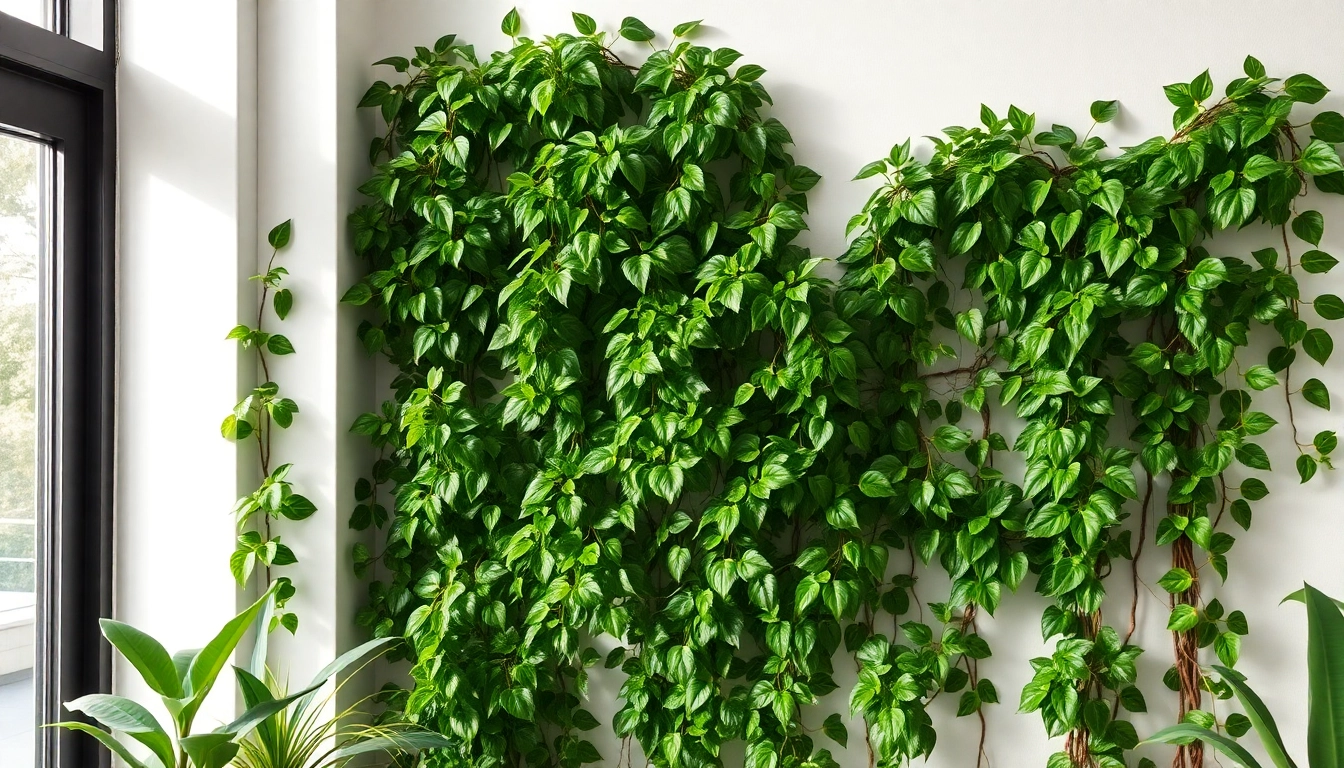

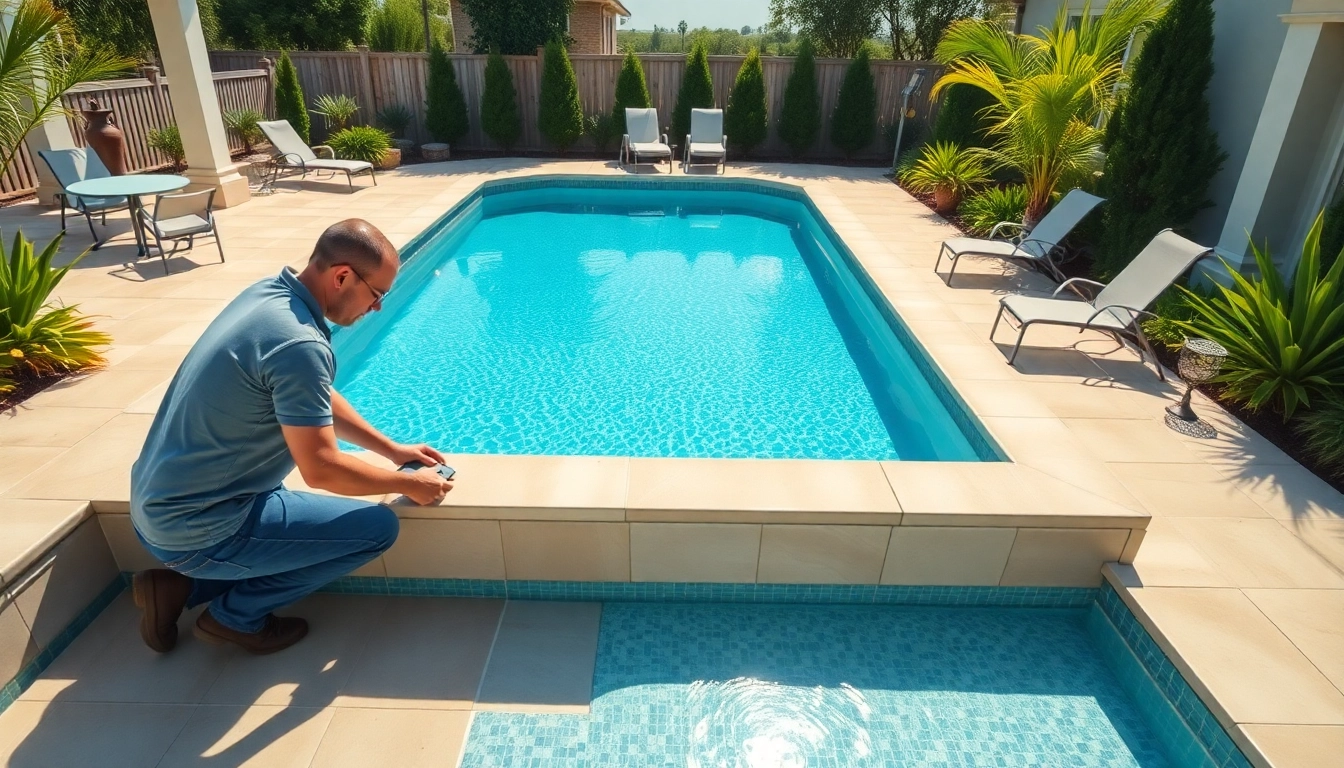
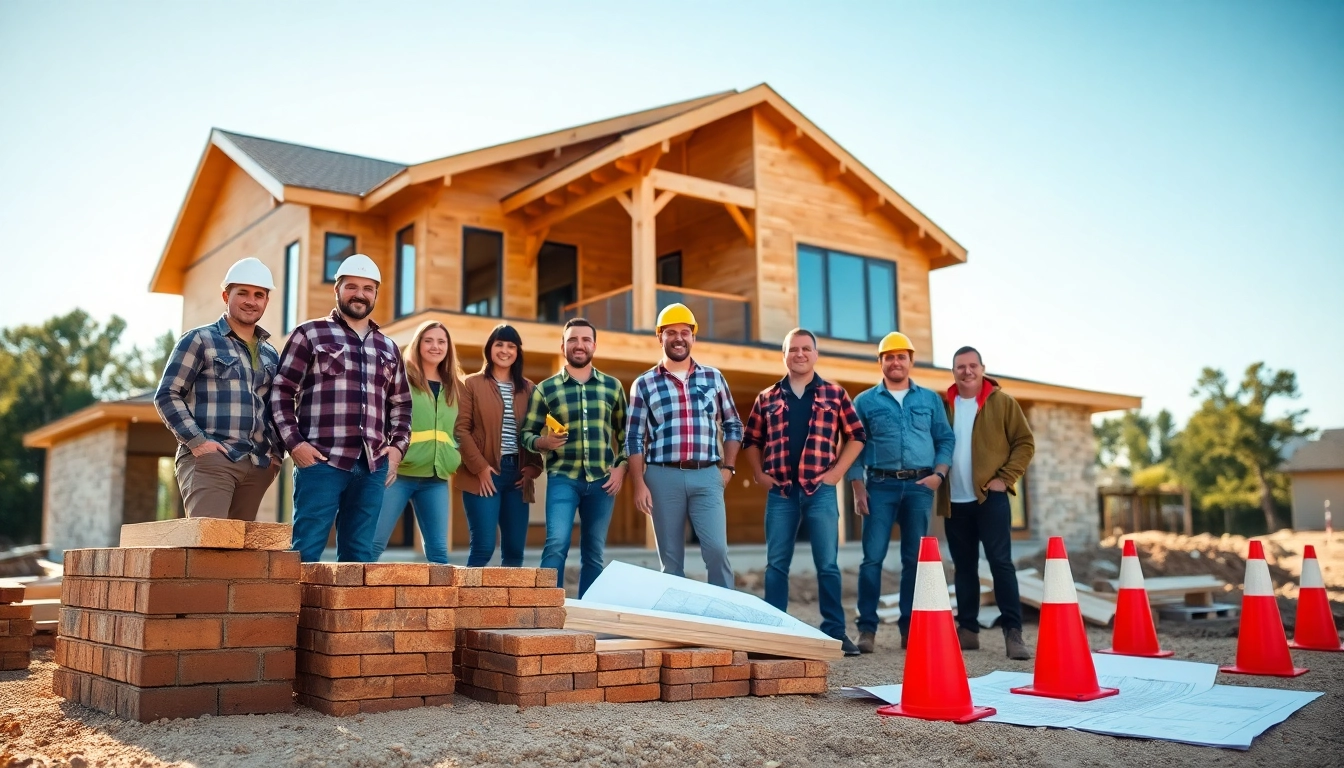
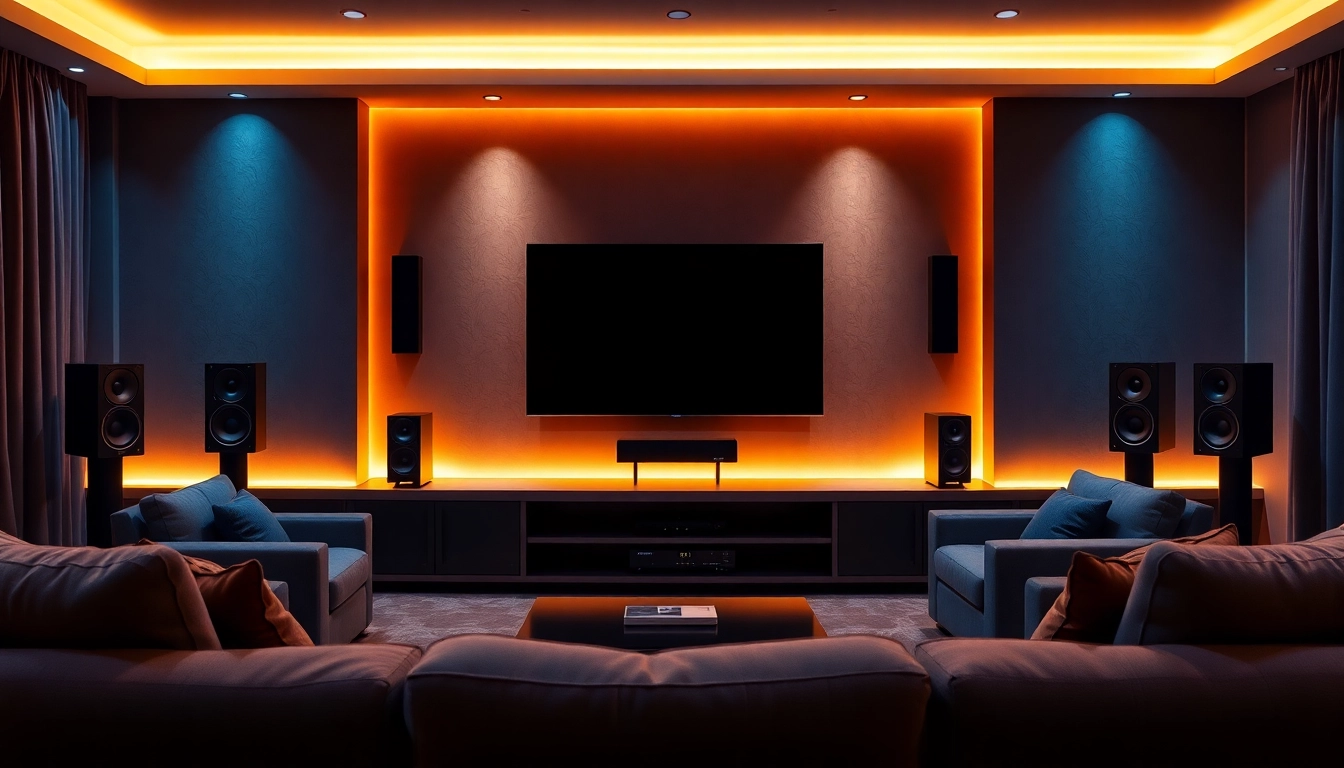
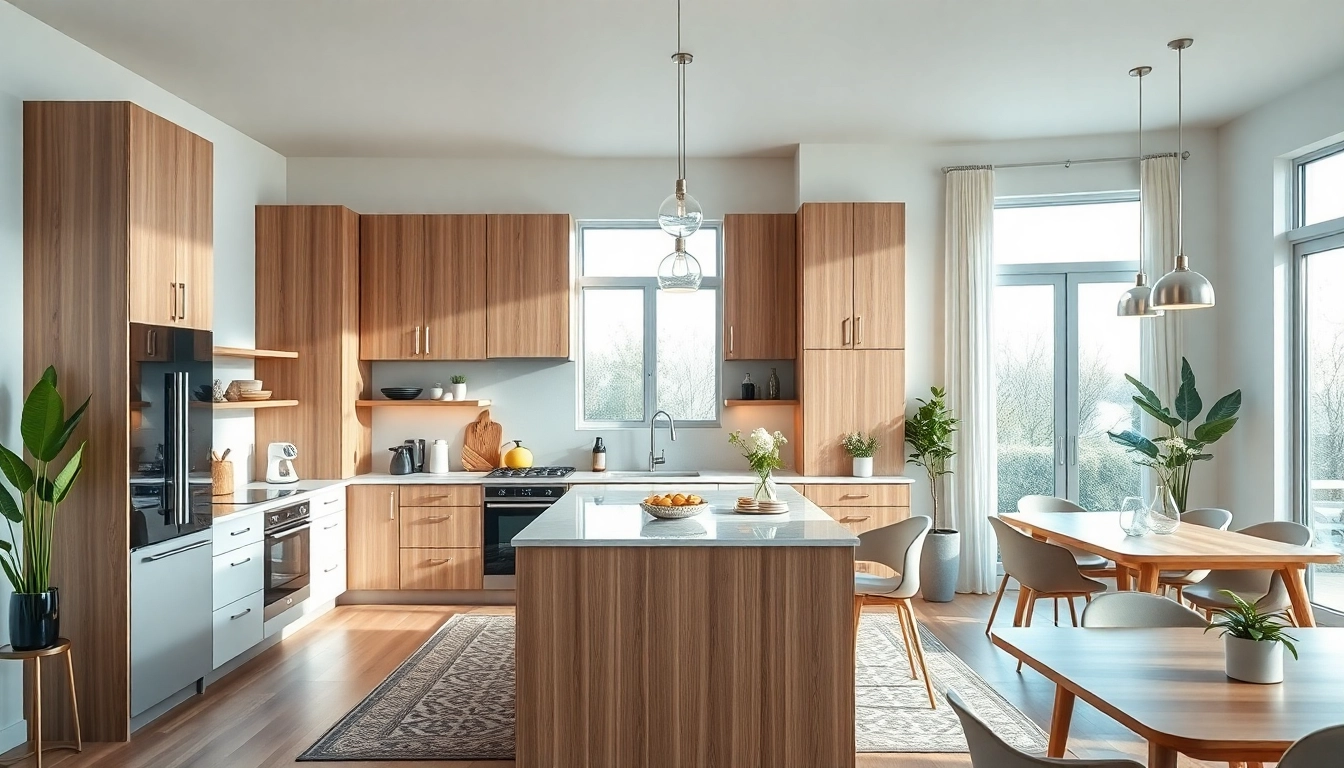
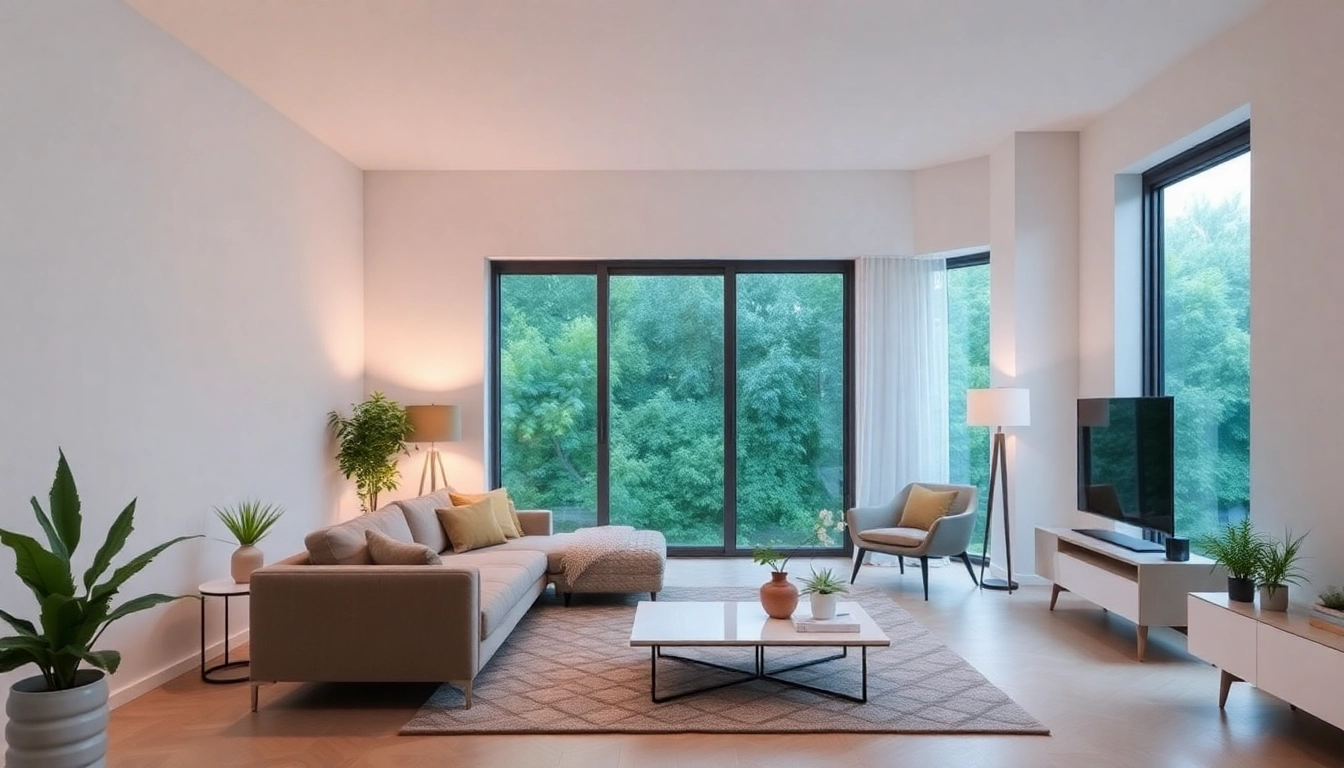
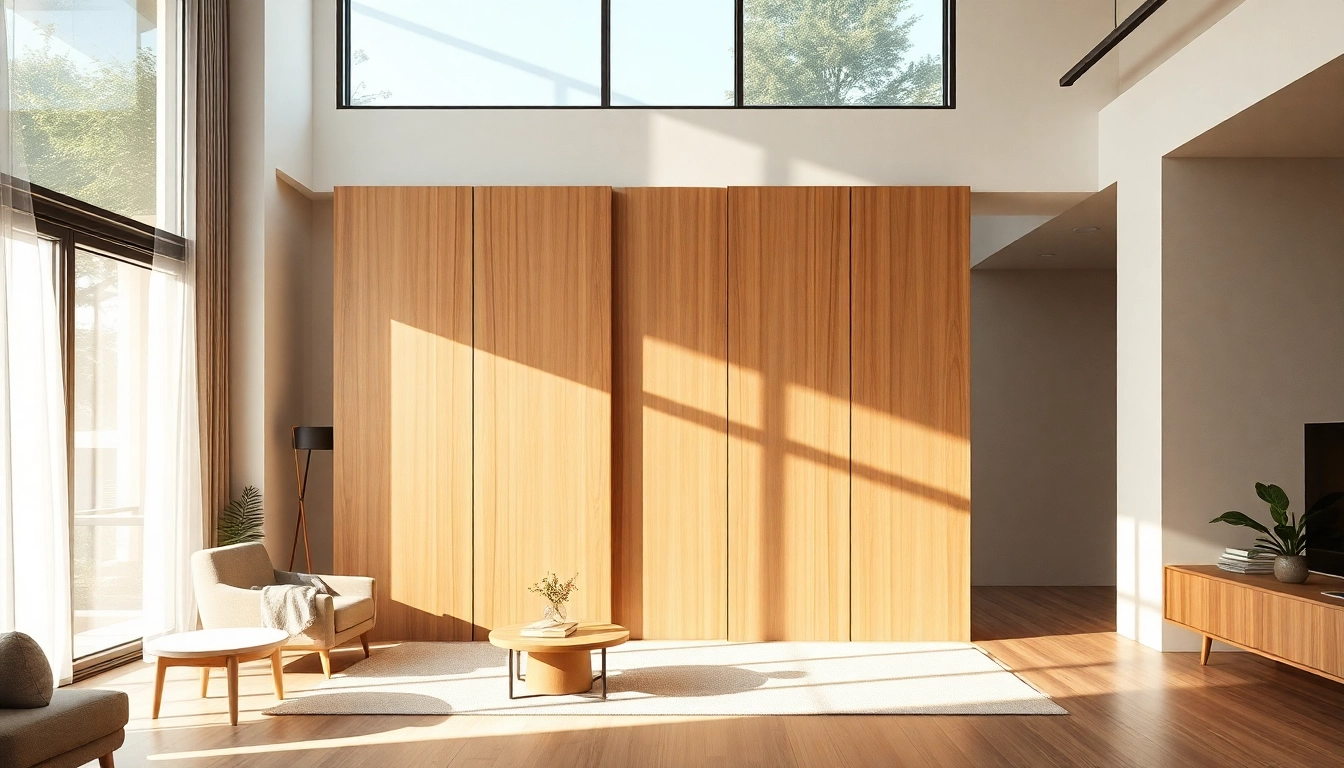
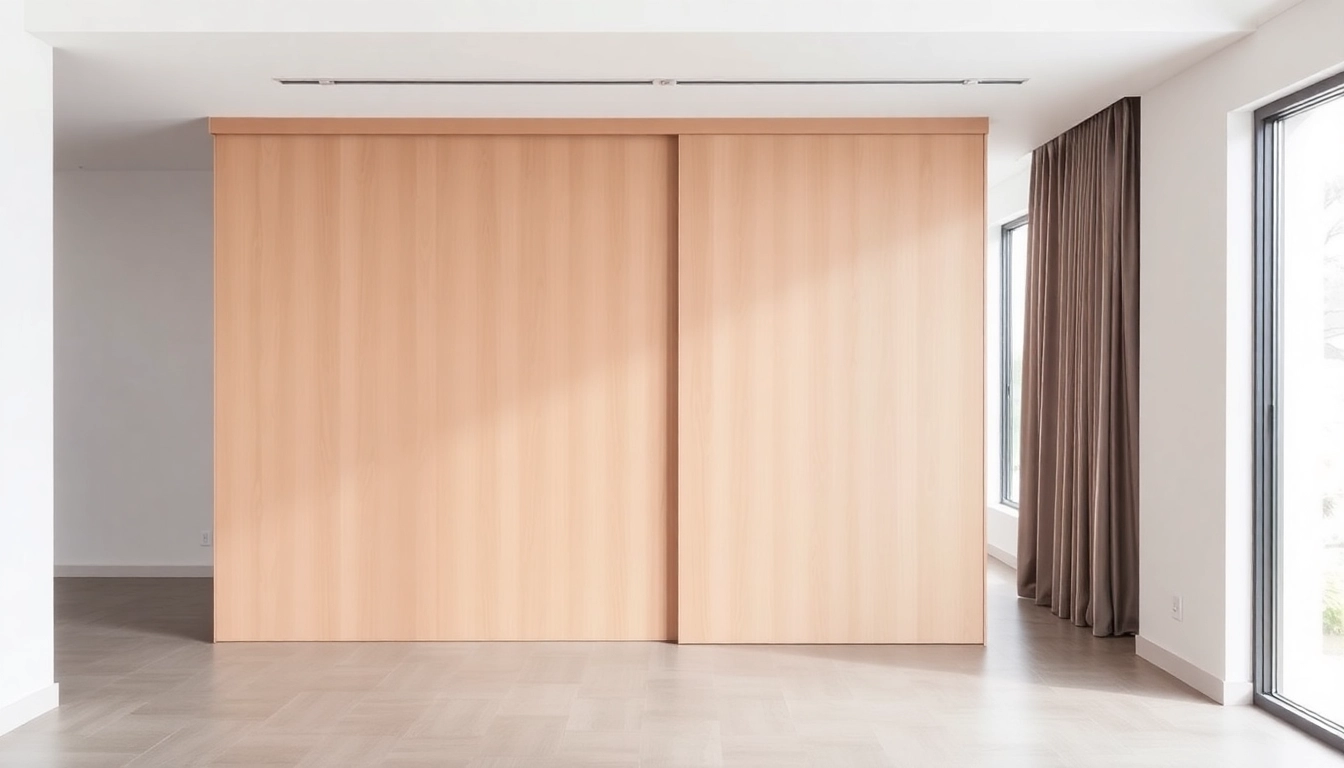
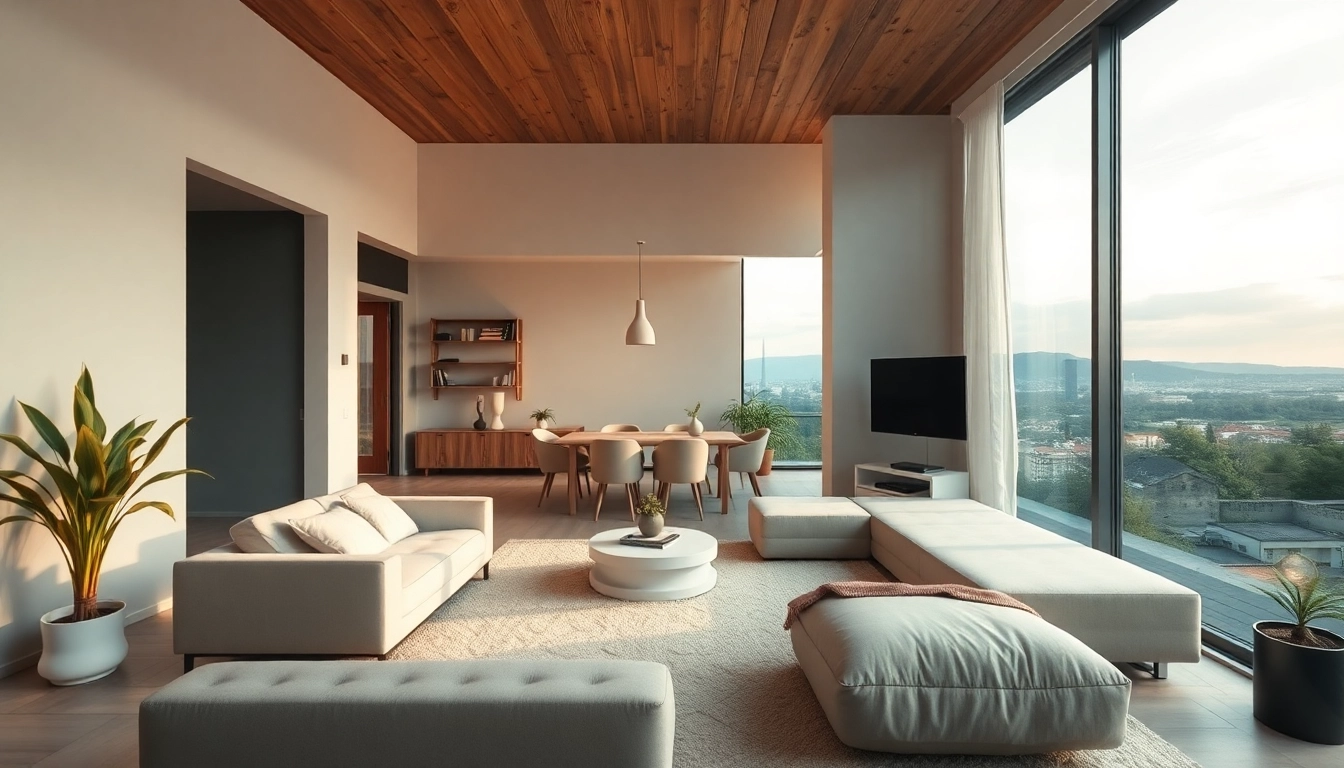





Leave a Reply